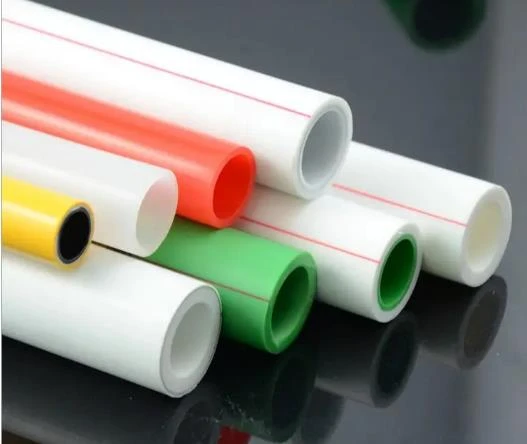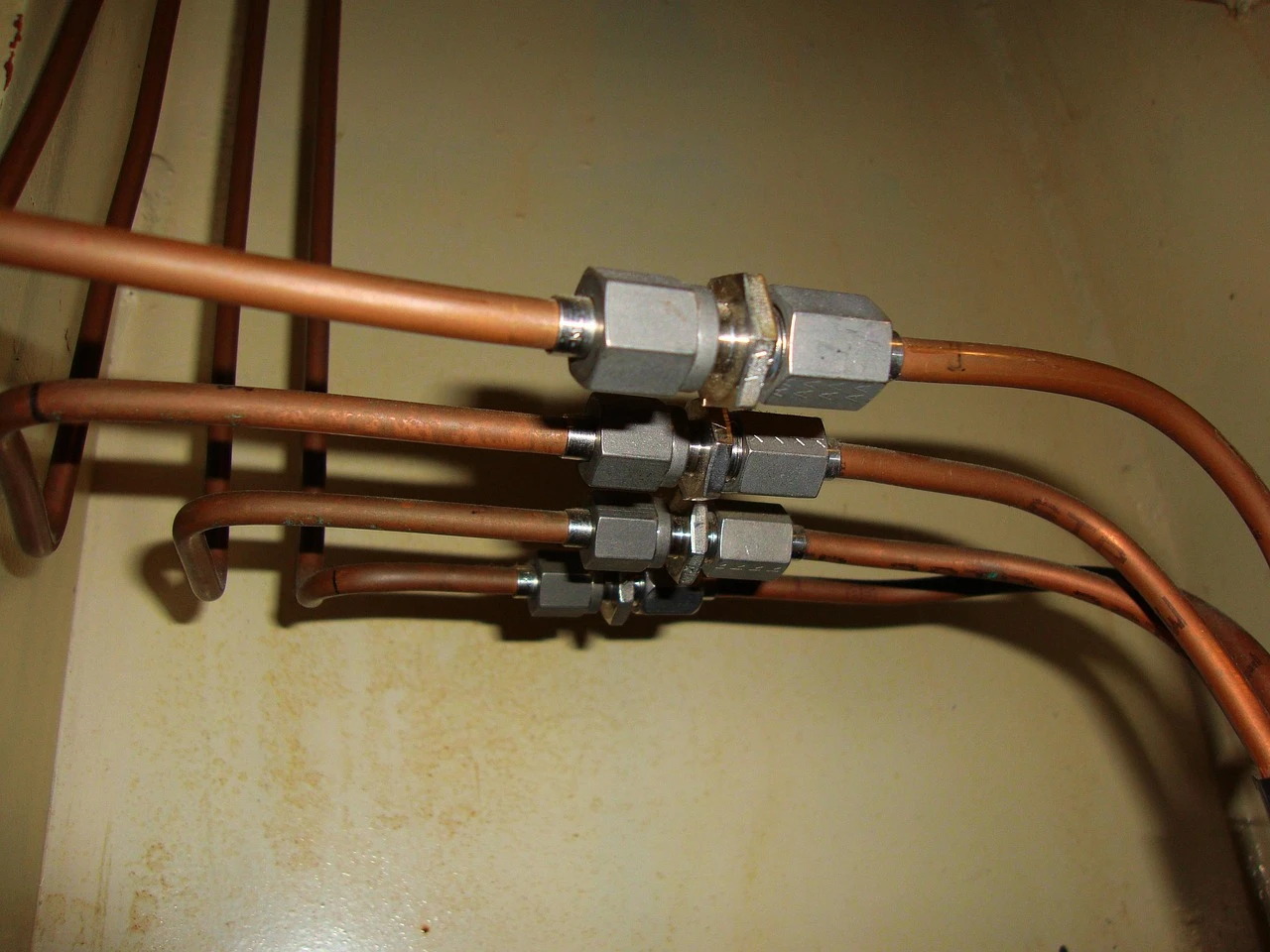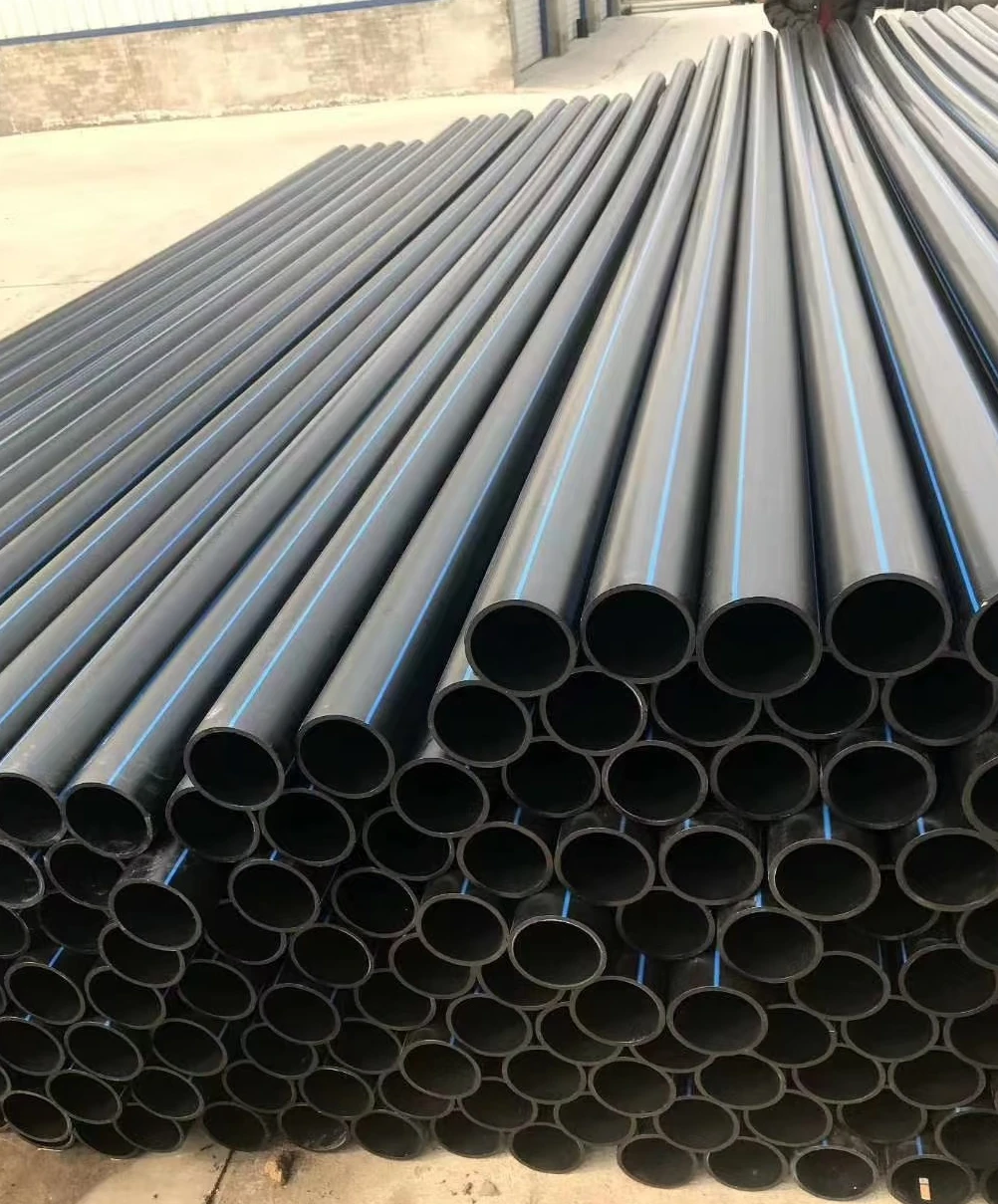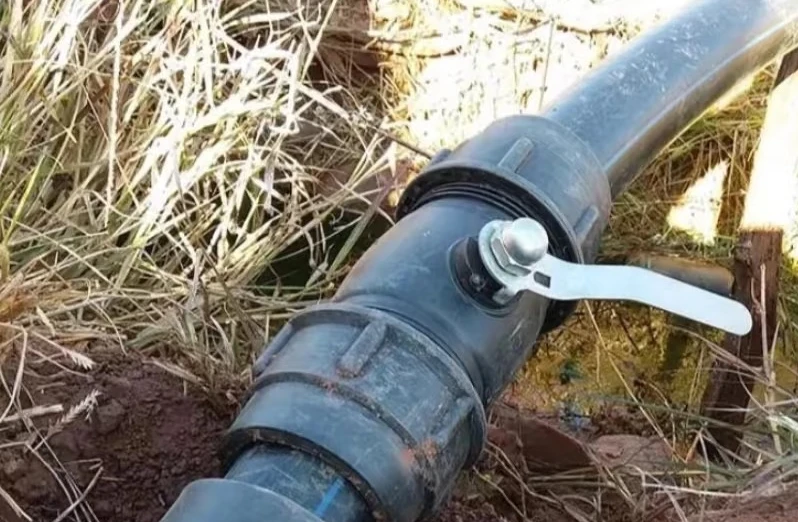Having designed and maintained numerous compressed air systems across industrial facilities, I’ve witnessed the consequences of material selection decisions that prioritized cost over safety and performance. While PP-R offers apparent advantages, the safety realities tell a different story that every professional should understand.
Metal piping systems consistently outperform PP-R for compressed air applications when considering safety, reliability, and long-term performance. Despite PP-R’s advantages in corrosion resistance and installation cost, metal pipes provide superior safety margins, higher temperature tolerance, and proven performance in compressed gas service that PP-R cannot match due to fundamental material limitations.
The compressed air material selection involves balancing multiple factors, but safety considerations should outweigh all others. Let’s examine how these materials compare across critical performance categories.
What are the cost comparison factors between PP-R and metal air pipes?
The true cost of compressed air piping extends far beyond initial material expenses, encompassing installation, maintenance, energy efficiency, and risk management considerations.
PP-R systems typically show 30-50% lower initial material costs compared to metal alternatives, but metal pipes demonstrate superior long-term value through minimal maintenance requirements, reduced energy consumption, and elimination of catastrophic failure risks that plague plastic systems in compressed air applications.

Cost analysis for compressed air piping requires a comprehensive approach that considers the total cost of ownership rather than simply comparing pipe prices. The significant safety concerns with PP-R further complicate direct cost comparisons.
Initial Cost Analysis
PP-R piping systems present compelling initial cost advantages. The raw material costs for PP-R pipes and fittings typically run 40-60% less than equivalent copper systems and 20-40% less than specialized aluminum compressed air piping. The fusion joining method requires less skilled labor than soldering, brazing, or threading metal pipes, potentially reducing installation labor costs by 25-35%.
However, these initial savings can be misleading. Metal piping systems designed specifically for compressed air, such as aluminum push-to-connect systems, offset higher material costs with dramatically faster installation times. A two-person crew can typically install aluminum compressed air systems 30-50% faster than PP-R systems, potentially neutralizing the initial cost advantage.
Long-Term Cost Considerations
The operational cost profile strongly favors metal piping over time. Galvanized steel systems can last 30+ years in compressed air service, while aluminum and copper systems often exceed 50 years with minimal maintenance. PP-R systems face unknown longevity in compressed air applications since manufacturers prohibit this use and don’t provide lifespan estimates.
Energy efficiency represents another crucial cost factor. The smooth interior surfaces of aluminum and copper pipes maintain lower friction losses than PP-R over decades of service. For a typical industrial compressed air system, this can translate to 3-7% lower energy consumption annually—a significant saving given that energy typically represents 70-80% of compressed air lifetime costs.
Table: Comprehensive Cost Comparison (20-Year Horizon)
| Cost Factor | PP-R System | Metal System | Advantage |
|---|---|---|---|
| Initial Material Cost | $10,000 | $15,000 | PP-R |
| Installation Labor | $8,000 | $6,000 | Metal |
| Annual Maintenance | $1,200 | $400 | Metal |
| Energy Consumption | 100% baseline | 93-97% baseline | Metal |
| Replacement Probability | High (unknown lifespan) | Low (proven longevity) | Metal |
Risk and Liability Costs
The most significant cost differentiator involves risk management. PP-R systems in compressed air service operate outside manufacturer specifications, creating potential liability issues and insurance complications. A single failure causing production downtime or personal injury could eliminate decades of apparent cost savings. Metal systems carry no such liabilities when properly installed according to manufacturer guidelines.
Many facilities managers report that the potential cost of a single catastrophic failure outweighs all possible savings from using non-recommended materials. This risk-based perspective makes metal piping the clear economic choice despite higher initial investment.
How does corrosion resistance differ between PP-R and metal piping systems?
Corrosion performance represents PP-R’s most significant technical advantage, though this benefit must be weighed against critical safety limitations in compressed air applications.
PP-R provides complete immunity to internal corrosion, rust formation, and scale buildup, while metal pipes require protective measures or material selection to combat corrosion. However, specialized metal piping systems using aluminum, copper, or properly treated steel offer sufficient corrosion resistance for most compressed air environments without PP-R’s safety compromises.

Corrosion in compressed air systems primarily results from moisture accumulation, with different metals exhibiting varying resistance levels. Understanding these differences helps select appropriate metal alternatives rather than defaulting to PP-R despite its safety concerns.
PP-R Corrosion Immunity
PP-R’s complete corrosion resistance stems from its inert polypropylene composition. The material doesn’t react with water, oxygen, or typical compressed air contaminants, maintaining smooth interior surfaces indefinitely. This prevents rust particles from contaminating air tools and eliminates the gradual pressure drop increase that plagues corroding metal systems.
The non-conductive nature of PP-R prevents electrochemical corrosion, making it immune to galvanic corrosion that can affect mixed-metal systems. This characteristic allows PP-R to handle aggressive environments where metal pipes might deteriorate rapidly, though compressed air applications rarely involve such extreme conditions.
Metal Corrosion Management
Modern metal compressed air piping effectively manages corrosion through material selection and system design. Aluminum piping systems have become the premium choice for corrosion resistance, forming a protective oxide layer that prevents further deterioration. These systems maintain excellent corrosion resistance while providing the safety and performance requirements missing from PP-R.
Copper pipes offer outstanding corrosion resistance for compressed air applications, though at higher material costs. Copper’s natural corrosion resistance handles typical compressed air moisture without degradation, and the material doesn’t release particles that could contaminate air tools or processes.
Table: Corrosion Performance Comparison in Compressed Air Service
| Материал | Corrosion Mechanism | Protection Method | Срок службы |
|---|---|---|---|
| PP-R | None | Not required | Unknown (prohibited use) |
| Aluminum | Surface oxidation | Natural oxide layer | 50+ years |
| Copper | Minimal oxidation | Natural resistance | 50+ years |
| Galvanized Steel | Zinc depletion | Galvanization | 20-30 years |
System Design for Corrosion Control
Proper compressed air system design mitigates corrosion concerns regardless of piping material. Moisture separation at the compressor, adequate drainage points, and air drying systems reduce the moisture that causes corrosion. These design elements benefit all piping materials but are particularly important for metallic systems.
For environments with specific corrosion concerns, specialized coatings or stainless steel components provide additional protection without resorting to prohibited materials. The marginal cost premium for these solutions is typically justified by their proven safety and performance history in compressed air service.
Which installation method offers easier maintenance and modification flexibility?
Installation and maintenance requirements significantly impact system lifecycle costs, with each material offering distinct advantages and challenges.
PP-R systems allow faster initial installation through heat fusion joining but present significant maintenance challenges and safety concerns in compressed air service. Metal systems, particularly specialized aluminum compressed air piping, offer superior maintenance access, modification flexibility, and long-term reliability despite potentially more complex initial installation.

The ease of modification and maintenance becomes increasingly important as compressed air systems evolve to meet changing facility requirements. Understanding these operational considerations helps selection beyond initial installation convenience.
PP-R Installation and Maintenance Profile
PP-R’s heat fusion joining creates monolithic, leak-free connections quickly during initial installation. The process requires minimal specialized training compared to metal joining techniques, potentially reducing labor costs. However, this same fusion process complicates future modifications, as sections cannot be easily disconnected and reassembled.
Maintaining PP-R compressed air systems presents significant challenges. The material cannot be easily inspected for internal degradation, and fusion joints cannot be nondestructively tested for integrity. When modifications become necessary, entire sections often require replacement rather than simple reconfiguration. More importantly, the safety concerns with PP-R in compressed air service make proactive replacement advisable rather than long-term maintenance.
Metal System Installation and Maintenance
Modern metal compressed air systems, particularly aluminum push-to-connect designs, offer excellent installation and maintenance characteristics. While initial material costs are higher, the assembly speed often compensates through reduced labor expenses. More importantly, these systems allow straightforward modifications using simple mechanical tools rather than specialized equipment.
Metal systems facilitate proactive maintenance through inspectable components and replaceable sections. Individual components can be tested, inspected, and replaced without system-wide implications. The proven safety and performance history of metal systems in compressed air service justifies long-term maintenance investments that would be questionable with prohibited materials.
Table: Installation and Maintenance Comparison
| Factor | PP-R Systems | Metal Systems | Practical Impact |
|---|---|---|---|
| Initial Installation | Fast fusion joining | Varied (push-fit to brazing) | Context-dependent |
| Modification Ease | Difficult (fusion required) | Easy (mechanical connections) | Metal advantage |
| Inspection Capability | Limited internal inspection | Full visual and testing access | Metal advantage |
| Component Replacement | Section replacement needed | Individual component replacement | Metal advantage |
| Long-Term Safety | Unknown/risky | Proven/established | Metal advantage |
Lifecycle Maintenance Considerations
The total maintenance burden over the system’s operational life strongly favors metal piping. While PP-R may require less initial maintenance due to its corrosion resistance, the inability to properly inspect or test the system for compressed air service creates ongoing uncertainty. Metal systems provide clear inspection protocols, established maintenance intervals, and predictable performance throughout their service life.
For facilities anticipating frequent system modifications or expansions, the modular nature of modern metal compressed air piping offers significant advantages. Quick-disconnect components and standardized fittings enable rapid reconfiguration without specialized tools or skills, reducing downtime during system changes.
What specific applications favor PP-R over metal pipes in compressed air systems?
Despite theoretical advantages in certain scenarios, no compressed air applications legitimately favor PP-R due to fundamental safety concerns that override all other considerations.
No compressed air applications legitimately favor PP-R over metal pipes due to universal manufacturer prohibitions and significant safety risks. While PP-R theoretically offers benefits in highly corrosive environments or limited-budget scenarios, specialized metal alternatives exist that provide necessary performance without compromising safety in compressed air systems.

Attempting to identify applications where PP-R might be “less bad” for compressed air creates false justification for dangerous practices. Instead, professionals should understand appropriate metal alternatives for challenging applications where PP-R might otherwise seem tempting.
Theoretical vs. Practical Applications
Theoretically, PP-R might seem advantageous in certain scenarios based on its material properties. In highly corrosive environments where metal pipes might deteriorate rapidly, PP-R’s corrosion resistance appears beneficial. Similarly, in temporary installations or extreme budget constraints, PP-R’s lower initial cost might seem appealing. However, in practice, the safety risks outweigh these potential benefits.
For corrosive environments, specialized metal systems including aluminum, stainless steel, or properly coated steel pipes provide sufficient corrosion resistance without safety compromises. The marginally higher cost of these approved solutions is justified by their demonstrated safety and reliability in compressed air service.
Appropriate Metal Alternatives
For applications where corrosion resistance is paramount, aluminum compressed air piping offers an excellent solution. Aluminum provides natural corrosion resistance similar to PP-R while maintaining the safety and performance characteristics required for compressed air systems. The material handles moisture without degradation and doesn’t introduce safety concerns.
When chemical resistance is necessary, stainless steel systems provide appropriate solutions without material limitations. While more expensive than other options, stainless steel offers compatibility with aggressive environments while maintaining full compliance with compressed air standards and regulations.
Table: Application-Specific Material Recommendations
| Application Scenario | PP-R Suitability | Recommended Alternative | Ключевые соображения |
|---|---|---|---|
| Standard Industrial Air | Not suitable | Aluminum compressed air pipe | Safety, reliability, maintenance |
| Corrosive Environments | Not suitable | Aluminum or stainless steel | Corrosion resistance without risk |
| High-Purity Applications | Not suitable | Copper or stainless steel | Material compatibility, cleanliness |
| Limited Budget Projects | Not suitable | Galvanized steel | Cost-effective safety |
| Temporary Installations | Not suitable | Rental aluminum systems | Safety even for short-term use |
The Safety Imperative
The fundamental issue with PP-R in compressed air systems involves safety rather than performance. The material’s susceptibility to rapid crack propagation and different failure modes with gases creates unacceptable risks regardless of application specifics. No cost savings or installation advantages justify these safety compromises.
Professional responsibility requires selecting materials based on their approved applications and demonstrated safety records. While PP-R serves excellently in water applications, its use in compressed air systems represents a fundamental misapplication that informed professionals should avoid regardless of perceived short-term advantages.
Заключение
Metal piping systems unequivocally outperform PP-R for compressed air. While PP-R has merits in water applications, its use in compressed air ignores safety, standards (e.g., ASME B31.3), and manufacturer warnings. Prioritize certified metal materials (aluminum, copper, steel) to ensure safety, compliance, and lasting performance. For help selecting the right system, consult our compressed air piping materials guide.













Последние комментарии